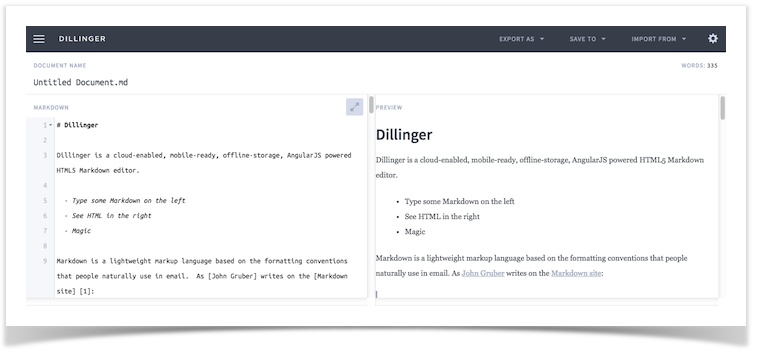

There’s no denying that plain text email templates produce simple, visually unappealing messages. The lack of formatting options in the plain text approach prevents multi-column formatting from being an easy task. Unable to achieve multiple-column formatting Hard to break into sectionsĪn email written in plain text may be difficult to divide into easy-to-read sections due to the lack of visual organization. Unable to display linksĪny URLs included in the message must be fully typed out, which can create visual clutter for the end-users. Since plain text emails don’t include colors, formatting, and graphics, the resulting email will lack visual impact. This makes it difficult to track the success of a campaign that employs the plain text approach. Unfortunately, you cannot track open rates or enable click tracking in plain text emails. What are the disadvantages of plain text emails? Unable to track open ratesĪ key component of email marketing is the ability to monitor the impact of each campaign. People often perceive email as a one-on-one conversation, so plain text gives a personal touch to your message. Since smartwatches can only display text, the future might favor plain text emails or HTML emails with a plain text option.
Rich text vs plain text full#
What are the advantages of plain text emails? Higher chance of delivery to primary inbox in GmailĪs promotional messages were once full of images, emails with plain text or basic HTML are less likely to be recognized as spam.

Plain text or very basic HTML emails (like my 2nd email) might work better in your industry. If you want to create similar, visually rich, and responsive email templates, you will need to use both HTML and CSS.īut maybe you don’t have to.
Rich text vs plain text software#
The software generates robust responsive email code (which includes HTML and CSS). The following email was created with Chamaileon email builder. There are unlimited possibilities when using HTML. For example, the link and the italic styling in my email above show that HTML was used to create this message. These days even the simplest messages are HTML based. The goal of HTML emails is to add a little spice to your messages - buttons, images, text styles, colors, etc. What exactly is HTML? HTML is a markup language that is used to create web pages, web applications, and email templates with formatted text, images, and links. I wanted to show you the difference between an actual plain text email (1st email) and one with basic HTML (2nd email). The following image is an example of a plain text email. Unsurprisingly, this approach produces a more personal, one-on-one message for your users.

Plain text emails are text based email messages - no formatting, no buttons, and no images. When deciding on your approach, the important thing to consider as an email marketer is the type of message you are presenting to the audience. In contrast, the HTML approach offers visually appealing emails that are easier for users to scan through and digest. It’s regarded as an appropriate approach for personal, text-heavy messages. Plain text emails are emails with just text. Difference between HTML and plain text emails Both approaches offer distinct advantages and disadvantages to your end-users. The history behind Plain text & HTML emailsĭeciding between plain text and HTML for email marketing is widely debated, with good reason.
Rich text vs plain text series#
This is why I decided to come up with an article series that will help a non-techie email marketer to understand how those fancy responsive email templates really work.īefore we dive into responsive emails, let’s jump back in time and start with a brief history of email, just to put us on the same page.

There are tons of articles talking about email marketing and email design, but you can hardly find a collection of articles that will truly help a non-techie email marketer understand the tech part of email design. Why did my email look different in Outlook on my computer or in Yahoo Mail? It was a mess, and unfortunately, the situation is still a bit similar. I hardly understood the reasons for all those rendering issues. As I’m not a developer, I was definitely out of my comfort zone, but I got used to it. I think it was around 2006 when I first struggled with editing an HTML email. Back then, I had no idea that I’ll be neck-deep in email marketing and email design today. I was born in ’85, and I sent my first email around ’96 (it was a plain text email of course).


 0 kommentar(er)
0 kommentar(er)
